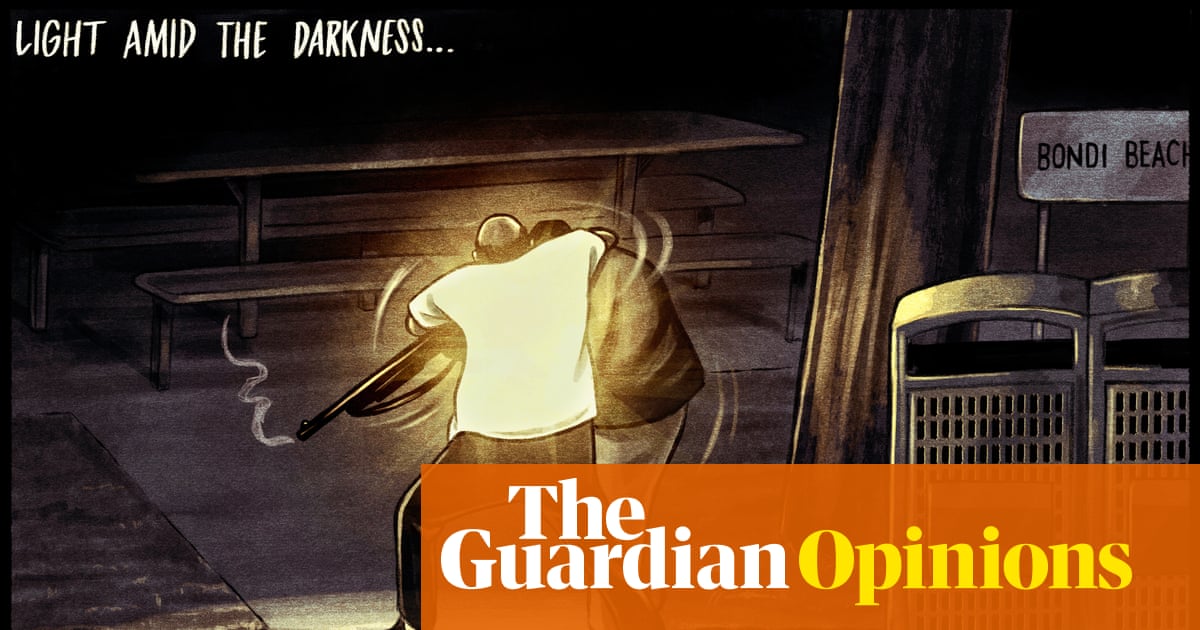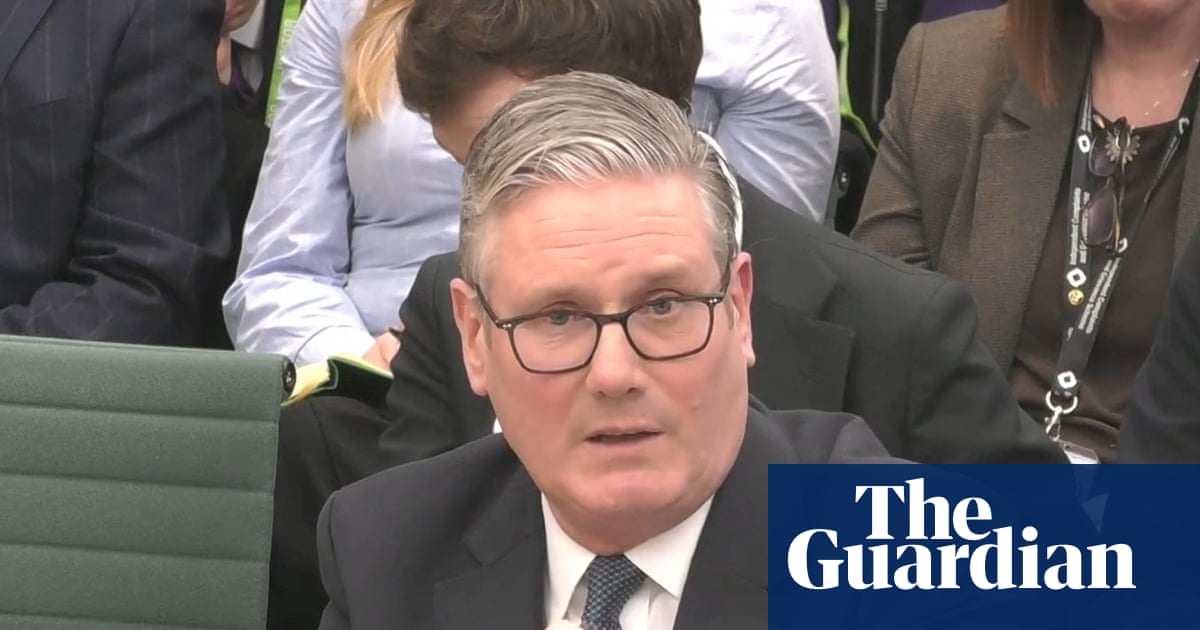The collapse of two US firms, First Brands and Tricolor, has shone a light on private credit and its growing influence in the global economy.
The failures have led to ballooning losses at traditional banks, and, coupled with worries about the health of US regional banks, have raised concerns about weak lending standards and potential threats from an opaque corner of the so-called shadow banking sector.
What is private credit?
Private credit emerged in the 1980s as a relatively niche industry offering private loans to businesses.
Unlike banks, where loans are backed by customer deposits, private credit firms’ loans are backed by money raised from private investors, including pension funds, insurers and high net worth individuals. But they have become increasingly intertwined with the traditional banking industry, with lenders in Europe and the EU significantly exposed to private credit firms.
The private credit industry boomed after the 2008 financial crisis, when regulators cracked down on traditional banks and forced them to hold more capital – in effect a financial cushion against riskier loans.
The new rules also required banks to do more forensic checks on borrowers, making lending more expensive and slower. This created a gap in the market that private credit was ready to fill.
Meanwhile, private credit firms benefited from ultra-low interest rates after the financial crisis that made it easy to borrow vast sums of money from traditional banks that could further feed their ventures.
The industry falls under the umbrella of non-bank financial institutions (NBFIs), colloquially known as the shadow banking sector, which is dominated by alternative asset managers in the US including Blackstone, Apollo, Ares and KKR that also lead the private equity industry.
However, many insurance companies, pension and investment funds have their own private credit operations.
The private credit boom has created an industry with about $3tn (£2.2tn) in assets, according to a 2024 report by the Alternative Credit Council and EY, and one that is forecast by BlackRock to hit $4.5tn by 2030.
That is still a fraction of the global banking industry, which has assets of $188.7tn according to the Financial Stability Board. But private credit’s rapid growth, and banks’ growing exposure to the burgeoning sector, has caught the attention of global regulators.
What are the risks and benefits of private credit?
Critics, including some banks, claim private credit’s success has hinged on “regulatory arbitrage”, meaning they are gaining a competitive edge and stealing business as a result of weaker regulation.
Unlike banks, private credit firms do not have to build up capital that can absorb losses when loans sour, or even disclose the risk on their books. They face far less scrutiny and expense as a result, meaning they can issue loans faster and to a wider range of businesses, with potential to reap greater financial rewards than heavily regulated banks.
The US dominates the private credit market, making it hard for global regulators to implement rules and get a proper view of the possible risks to financial stability. Europe is also struggling to keep up with the boom: one of the continent’s biggest players is the London-headquartered Intermediate Capital Group, which had raised $50bn for its private credit fund as of December, according to tables published by trade publication Private Debt Investor. That compares with Ares Management, whose top private credit fund had raised $116bn.
The growing availability of private credit and equity has also helped hollow out stock markets, meaning less need for companies to list on stock exchanges in pursuit of capital, as well as providing funds to take firms private.
But advocates say the private credit boom is beneficial for both borrowers and investors.
While pension funds and insurers can diversify their portfolios and increase returns for investors long term, businesses can secure bespoke loans much more quickly than through a traditional bank.
Industry lobbyists also say any extra risk is carefully considered by private credit firms. “They are taking on more risk, but they are engaging more closely and more frequently than banks traditionally do,” said Michael Moore, who heads the British Private Equity and Venture Capital Association, which also represents the private credit industry. “Typically, the private credit provider will be much more engaged, week by week, depending on what business they are working with.”
Why there so much attention on private credit now?
The collapse of two US business, the car parts supplier First Brands and the sub-prime auto lender Tricolor, have raised fears about weak lending standards in some pockets of the unregulated private credit market.
That could spell trouble for the wider financial services sector, given regulated banks have tried to get a slice of the private credit industry by investing or lending to private credit firms themselves.
Jefferies, a mid-sized Wall Street lender that was advising First Brands and lending against its invoices, said last week that it had a $715m exposure to the car parts supplier. It also placed billions of dollars of First Brand loans with other investors.
Meanwhile, JP Morgan disclosed this week that it had taken a $170m loss from Tricolor, which collapsed amid fraud allegations last month.
There are also concerns about a lack of transparency across the sector. “Nobody knows what the true value of assets these guys are holding,” Raghavendra Rau, a professor of finance at the University of Cambridge, said. “They’re opaque loans. We have no idea what’s going on in there, but hopefully the private credit fund is able to monitor these loans properly to make sure there are not too many bad loans.”
The JP Morgan chief executive, Jamie Dimon, said further problems were likely to emerge across the private credit sector. “My antenna goes up when things like that happen. I probably shouldn’t say this but when you see one cockroach, there’s probably more. And so everyone should be forewarned at this point,” Dimon said.
Is anyone else raising serious concerns?
The International Monetary Fund (IMF) this week said it was concerned about the financial links between traditional banks and “non-bank financial intermediaries” (NBFIs), a broad umbrella that includes the private credit industry.
The IMF warned that a downturn could have ripple effects across the financial system. “Banks’ growing exposures to NBFIs mean that adverse developments at these institutions – such as downgrades or falling collateral values – could significantly affect banks’ capital ratios,” the IMF said.
It added that the sector should be better regulated.
The IMF’s managing director, Kristalina Georgieva, said concern about the sector was the “question that keeps me awake every so often at night”.
But the lack of transparency has made it hard for regulators to have a clear view of the real threats to financial stability. “Assessing the extent of the risks, or in which scenarios they might crystallise, is easier said than done,” the Bank of England’s director of financial stability, Lee Foulger, said in a speech last year. “There are significant challenges with obtaining reliable data to monitor the risks in private credit markets.”
Are everyday consumers at risk if things go wrong?
Not directly. But too many bad loans could be a problem, given private credit’s connections with other parts of the financial industry, including people’s workplace pensions, which have slowly been increasing their exposure to it.
The bulk of private credit funding comes from institutional investors such as insurers, asset managers, and pension funds looking to invest billions of pounds of retirement cash, which can be locked in for longer periods of time.
In the UK, Rachel Reeves has persuaded 17 of the largest workplace pension providers to invest £50bn of workplace pension cash in private investments over five years, including the private credit industry.
Meanwhile, significant defaults in the private credit industry could ripple out to the wider financial system, including traditional banks.
Last year, the Bank of England warned there was an increasing risk of highly indebted companies – which often include private equity and private credit backed firms – defaulting on loans and sending shocks through the global financial system. “Private credit and leveraged loan markets are interconnected and shocks could be highly correlated, so disruptions in overseas markets could spill over to the UK,” it said.
It sounds like regulation of private credit is the answer. Is it likely?
With the private credit industry dominated by US firms, and with Donald Trump actively scrapping financial regulations, it is unlikely that global watchdogs will be able to put new transparency or capital rules in place that could make any significant difference.
If anything, the rise of private credit is actually spurring debates about rolling back regulation even further on traditional banks, which say rules forcing them to build up financial cushions against risky loans make lending more expensive and onerous than for their unregulated rivals.

 1 month ago
70
1 month ago
70

















































